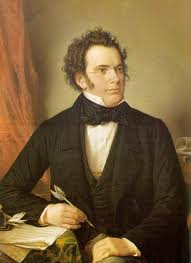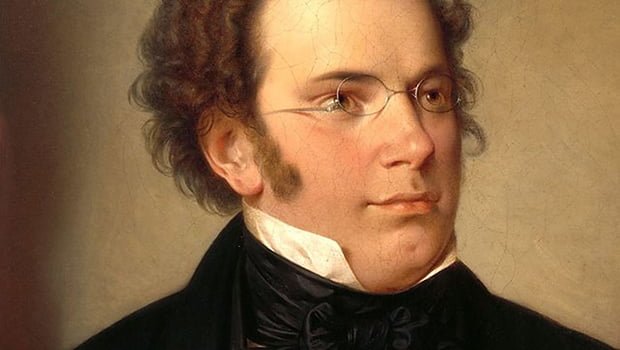The Story Behind Franz Schubert’s String Quartet No. 14 in D Minor, D.810 “Death and the Maiden”
Franz Schubert’s String Quartet No. 14 in D minor, D.810, widely known as “Death and the Maiden”, stands among the most powerful and profound chamber works of the 19th century. Composed in 1824, during one of the most turbulent and introspective periods of the composer’s life, this string quartet is deeply imbued with themes of mortality, despair, and defiance.
A Glimpse Into Schubert’s Life in 1824
In the early 1820s, Schubert’s health began to deteriorate due to what was likely syphilis, diagnosed in late 1822. By 1824, he was recovering from one of the worst phases of the illness, both physically and emotionally. This was a period of intense self-reflection for the composer. Despite moments of hope, he was increasingly haunted by the thought of premature death.
During this same year, Schubert wrote to a friend: “I feel myself the most unhappy and wretched creature in the world.” These feelings would directly influence the creation of String Quartet No. 14, where he channeled his inner turmoil into music of unmatched emotional depth.
Why the Title “Death and the Maiden”?
The subtitle “Death and the Maiden” was not Schubert’s own invention, but it is derived from the theme used in the second movement of the quartet. This Andante con moto is based on a lied (art song) Schubert had composed in 1817, titled “Der Tod und das Mädchen” (D.531), which sets to music a poem by Matthias Claudius.
In that lied, a terrified young woman pleads with Death to let her live. Death responds not with menace, but with calm assurance, promising her rest and peace. Schubert weaves the theme of this poignant song into the slow movement of the quartet, turning it into a set of variations that explore sorrow, struggle, and, finally, resignation.
The Structure of the Quartet
The quartet is structured in four movements, each conveying a powerful emotional journey:
- I. Allegro – A dramatic and stormy opening, filled with tension, abrupt dynamic shifts, and a dark, restless energy.
- II. Andante con moto – The heart of the quartet, featuring the haunting theme from “Death and the Maiden”, explored through five intense variations.
- III. Scherzo: Allegro molto – A frantic, almost dance-like movement that contrasts sharply with the somber second movement, yet still pulses with urgency and darkness.
- IV. Presto – A tarantella-like finale, evoking the dance of death. Its relentless pace and rhythmic drive suggest an acceptance—or confrontation—of fate.
Reception and Legacy
Although Schubert’s quartets were not widely performed during his lifetime, String Quartet No. 14 has since become one of the most celebrated chamber works in the repertoire. Its emotional intensity, thematic unity, and dramatic flair have inspired generations of performers and listeners.
It was first published posthumously in 1831, three years after Schubert’s death, and has since been embraced by both string quartets and music scholars as a landmark in Romantic music.
Conclusion
Death and the Maiden is far more than a title—it’s a window into Franz Schubert’s soul. Through this quartet, he grapples with existential dread, the fragility of life, and the inevitability of death. Yet, amidst this darkness, there is a fierce beauty and resilience in the music—a testament to Schubert’s genius and humanity.
Whether you’re a seasoned classical music lover or a curious newcomer, String Quartet No. 14 in D minor, D.810 remains an unforgettable experience—a masterwork that continues to resonate across centuries.


Comments are closed